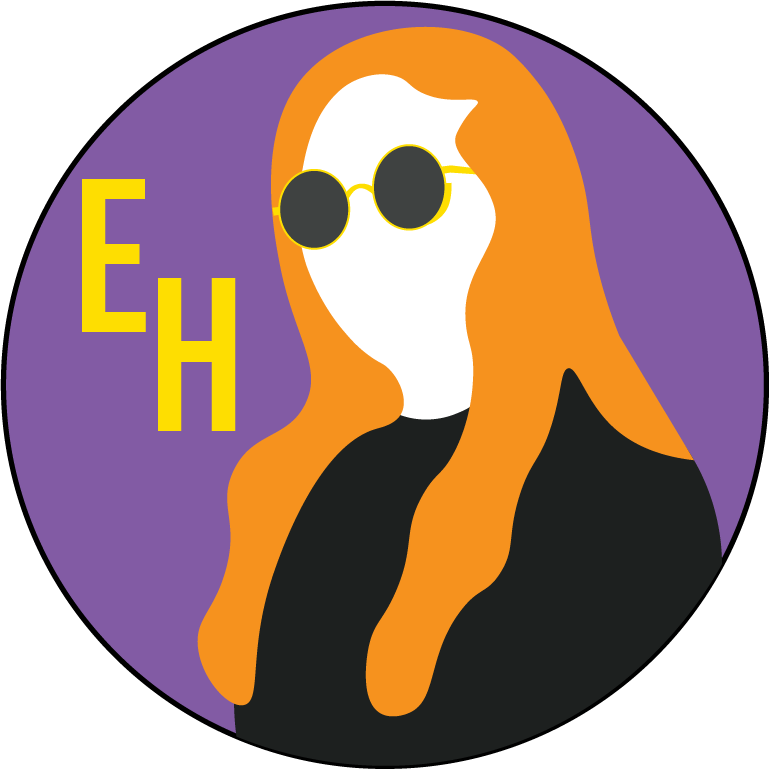
“The Ruin’s Trials”
A 2D GameKit Level for a Puzzle Platforming Adventure
Summary
- Role: Level Designer, Solo Dev
- Timeline: March 4 – May 6, 2022
- Platform: PC
- Tools: Unity 2D

Intent
“Ticket to Ride” is a Unity 2D platformer level made in the Ellen the Explorer Gamekit. For this project, I had to collaborate with other level designers, each of us making one level to make a cohesive game. Together we established overall design guidelines, player goals, and a pacing curve that each level would fit into. My level was designed to precede the climatic final arc, focusing on reinforcing core player skills before reaching this final challenge. Additionally, I aimed to introduce a new mechanic of togglable moving platforms to diversify the standard platforming experience found in adjacent levels.
Design Process
Concepting
I started out with simple sketches, brainstorming unique encounters for the moving platforms. Narratively, the player’s goal would be to delve deep into an underground temple until they could reach a large treasure room, so I refined some encounters and recontextualized them into a series of locked challenge rooms that had to be passed utilizing moving platforms to reach an exit button.
Before even building out this design, several issues emerged based on my sketches. Notably, the level was too long, disrupting the game’s flow, and I realized I was trying out too many disconnected ideas, preventing players from learning and mastering moving platforms.



Iterating
Fortunately, these problems were solvable by reevaluating my design. The temple and challenge room themes were intriguing and fit well with the game’s context, however, I had to revise the progression of these rooms. Narrowing my approach, I tackled one aspect of the moving platforms, toggling them by holding down buttons. The challenges were then reorganized so players could naturally be introduced to and gradually tested on this mechanic. This streamlined player learning, as well as allowed me to cut out unnecessary areas, solving both issues.
Polishing
With my redesigned prototype in engine, It became easier to assess the level’s flow and I noticed a new issue. Challenge rooms were too closely spaced and overly focused on moving platforms. This led to a player experience that lacked rest and testing of other platforming skills. Additionally, the game’s story was written at this point, forcing me to integrate narrative beats into my level.
To address these issues, I included narrative-focused sections in between challenge rooms. These segments featured scripted events that introduced story beats and provided players with breaks. Unlike the moving platform sections, these areas emphasized navigation, reinforcing spatial and platforming skills from earlier levels. These additions significantly enhanced the level’s overall experience.
Project Takeaways
Being one of my first level design experiences, this project provided many lessons to improve my later work. Collaborating with fellow designers, I learned to contribute to a collective goal while managing my own responsibilities. Additionally, I was able to develop an iterative design process that allowed me to effectively solve problems as they emerged.





